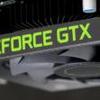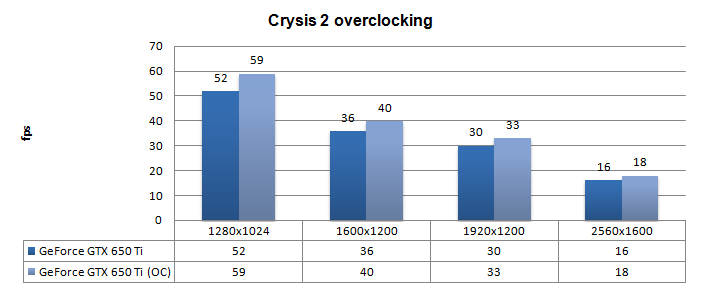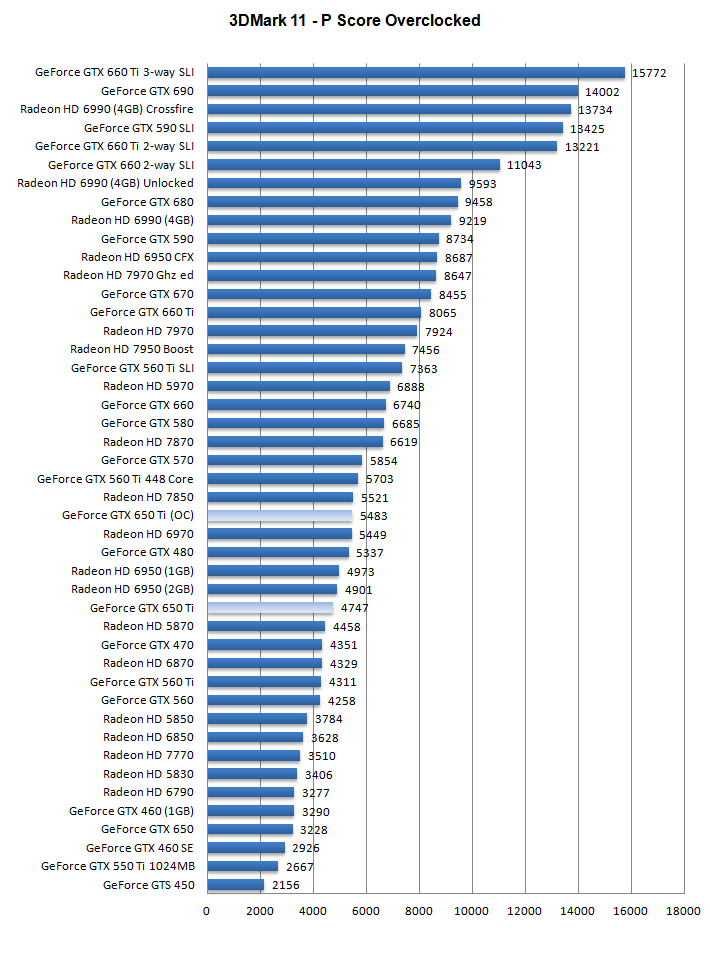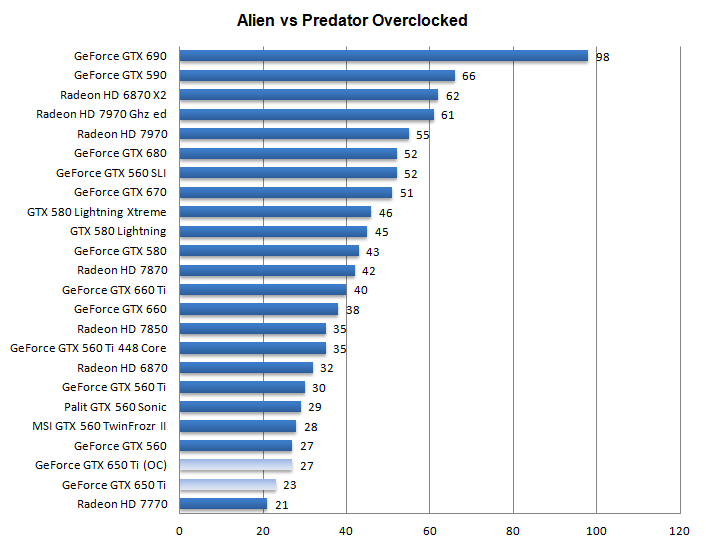Overclocking the graphics card
Overclocking the graphics card
As most of you know, with most video cards you can apply a simple series of tricks to boost the overall performance a little. You can do this at two levels, namely tweaking by enabling registry or BIOS hacks, or very simply to tamper with Image Quality. And then there is overclocking, which will give you the best possible results by far.
What do we need?
One of the best tools for overclocking NVIDIA and ATI videocards is our own AfterBurner which will work with 90% of the graphics cards out there. We can really recommend it, download here.
Where should we go?
Overclocking: By increasing the frequency of the videocard's memory and GPU, we can make the videocard increase its calculation clock cycles per second. It sounds hard, but it really can be done in less than a few minutes. I always tend to recommend to novice users and beginners, to not increase the frequency any higher than 5% on the core and memory clock. Example: If your card runs at 600 MHz (which is pretty common these days) then I suggest that you don't increase the frequency any higher than 30 to 50 MHz.
More advanced users push the frequency often way higher. Usually when your 3D graphics start to show artifacts such as white dots ("snow"), you should back down 10-15 MHz and leave it at that. Usually when you are overclocking too hard, it'll start to show artifacts, empty polygons or it will even freeze. Carefully find that limit and then back down at least 20 MHz from the moment you notice an artifact. Look carefully and observe well. I really wouldn't know why you need to overclock today's tested card anyway, but we'll still show it.
All in all... do it at your own risk.
| Reference product | This sample | Overclocked |
| Core Clock: 925MHz | Core Core Clock: 925MHz | Core Clock: 1100 MHz |
| Memory Clock: 5400 MHz | Memory Clock: 5400MHz | Memory Clock: 6000MHz |
We now add another 175 MHz to the graphics core (that was the maximum stable on the factory clock). We are now at 1100 MHz already.
With a the physical board power limit you are going see all cards roughly ending at this overclock and boost frequency. For the memory we ended at 6000 MHz. At this stage the cooler RPM was set at default which kept the noise levels under control at 38~39 dBA and thus silent. We now have a hint of extra performance on our hands on top of the factory clock, have a peek at the results when overclocked.
Above, Crysis 2, same maxed out image quality settings as before yet now with added overclock results:
- DirectX 11
- High Resolution Texture Pack
- Ultra Quality settings
- 4x AA
- Level: Times Square (2 minute custom time demo)
Above, 3DMark 11 - the Performance test and score. As you can see, there is an additional bump in this very GPU limited software, lovely. Also compare it with reference GTX 660 Ti results, that's roughly 2500 point away only. Mind you, the GTX 660 Ti, 670 and GTX 680 overclock as well, so try to keep things in perspective.
Above, Alien versus Predator, in 1920x1200 at 4x AA and 16x Anisotropic Filtering




